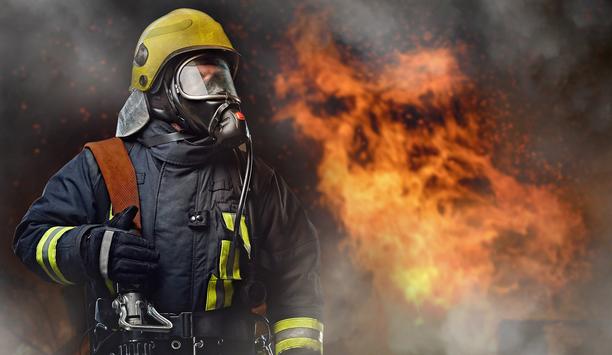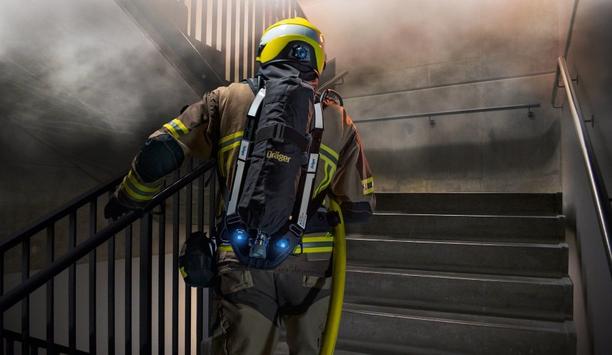The mission of the U.S. Fire Administration is to support and strengthen fire and emergency medical services (EMS) and to help stakeholders prepare for, prevent, mitigate and respond to all hazards. It is an entity of the U.S. Department of Homeland Security’s Federal Emergency Management Agency (FEMA). G. Keith Bryant was sworn in as the U.S. Fire Administrator in 2017. Prior to his presidential appointment, he was the chief of the Oklahoma City Fire Department (OCFD).
Experience as a firefighter
Bryant says his former experience as a firefighter and fire chief informs and directs his performance as U.S. Fire Administrator. Coming from Oklahoma City, a major metropolitan area, Bryant has faced issues and challenges – staffing, resources etc. – that are common among departments on the national level. His involvement with the International Association of Fire Chiefs (IAFC) also provided a broad view of issues across the country.
The scope of duties that fire departments are asked to respond to has expanded
Bryant has been in the fire service since the 1970s. During that time, he has watched the industry evolve from a “trade” to a “profession.” The scope of duties that fire departments are asked to respond to has expanded, also, and continues to grow, now including medical emergencies, Hazmat, weapons of mass destruction (WMDs) and natural disasters. “We have become ‘all-hazards,’ and it takes a higher level of training and education to handle all these issues,” Bryant says.
The U.S. Fire Administration is focused on helping the fire service at the local and state levels. One element of that work is the National Fire Academy (NFA), which provides training, education and professional development for firefighters through live, online, off-site and/or self-study programs. They also provide funding for state training agencies, which conduct NFA courses at the state level.
NFA Courses
“We make sure our courses are geared to those who will be managing issues at the local level, to ensure they have the training and skillset,” Bryant says. Leadership in the fire service today needs both business and political acumen to manage their agencies effectively, and training must address leadership and management concepts as well as emergency training, he says.
The need for higher education is also changing
The need for higher education is also changing. At one time, a high school diploma or general equivalency diploma (GED) would suffice as an entry-level requirement for the fire service. In this day and age, a higher level of education may be required, especially for those seeking to manage a fire department. The National Fire Academy offers the Executive Office Fire program and the Managing Officer Fire program to help develop managerial and executive skillsets.
Many National Fire Academy programs are aimed at helping smaller departments, including public education programs. Some programs are geared toward volunteer agencies that might not be able to attend a program on campus. In addition to online options, there are also programs on weekends and condensed courses. “We see the needs of different agencies reflected in our course offerings, from smaller, rural agencies to major metropolitan departments,” says Bryant.
Issues of concern
Another issue of concern is a shortage of firefighters, especially among volunteer fire departments. “We know the volunteer service has a big challenge with recruitment and retention, and we have seen it for a long time,” says Bryant. The gravity of the problem varies by locale. Some volunteer agencies have folded because they could not serve the needs of the community. The U.S. Fire Administration is seeking answers: What are the issues and what programs can make sure volunteer agencies have adequate staffing?
What are the issues and what programs can make sure volunteer agencies have adequate staffing?
Sometimes the problem is money, contingent on the financial fitness of a community and what they are willing to invest. Traditional commitment to providing fire services and responding to emergencies may be taken for granted by some communities, which may not be adequately funding, staffing and training their departments. “There are communities that invest very well in public safety, and they see the need for that, but it runs the range from bad to adequate to good,” says Bryant.
The U.S. Fire Administration also spreads the word about the availability of federal fire service grants using social media, fire service publications and other channels, emphasizing application periods and eligibility. The grants are managed and administered by the FEMA grants directorate, and the U.S. Fire Administration has an oversight role in addition to publicizing the various grants to local departments.







